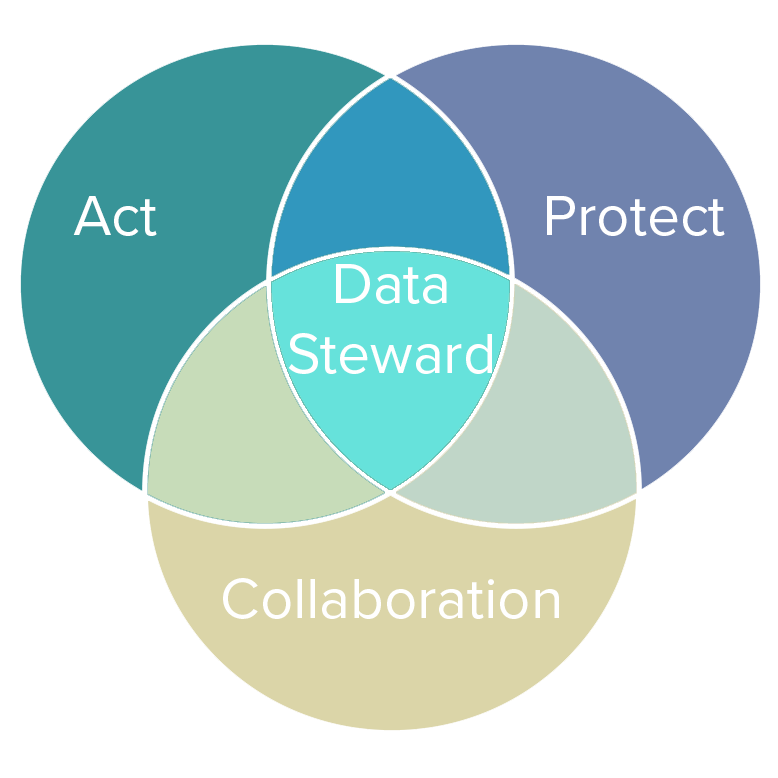We have developed here a broad policy framework to address the digital threat to democracy, building upon basic principles to recommend a set of specific proposals.
Transparency: As citizens, we have the right to know who is trying to influence our political views and how they are doing it. We must have explicit disclosure about the operation of dominant digital media platforms — including:
- Real-time and archived information about targeted political advertising;
- Clear accountability for the social impact of automated decision-making;
- Explicit indicators for the presence of non-human accounts in digital media.
Privacy: As individuals with the right to personal autonomy, we must be given more control over how our data is collected, used, and monetized — especially when it comes to sensitive information that shapes political decision-making. A baseline data privacy law must include:
- Consumer control over data through stronger rights to access and removal;
- Transparency for the user of the full extent of data usage and meaningful consent;
- Stronger enforcement with resources and authority for agency rule-making.
Competition: As consumers, we must have meaningful options to find, send and receive information over digital media. The rise of dominant digital platforms demonstrates how market structure influences social and political outcomes. A new competition policy agenda should include:
- Stronger oversight of mergers and acquisitions;
- Antitrust reform including new enforcement regimes, levies, and essential services regulation;
- Robust data portability and interoperability between services.
There are no single-solution approaches to the problem of digital disinformation that are likely to change outcomes. … Awareness and education are the first steps toward organizing and action to build a new social contract for digital democracy….(More)”

